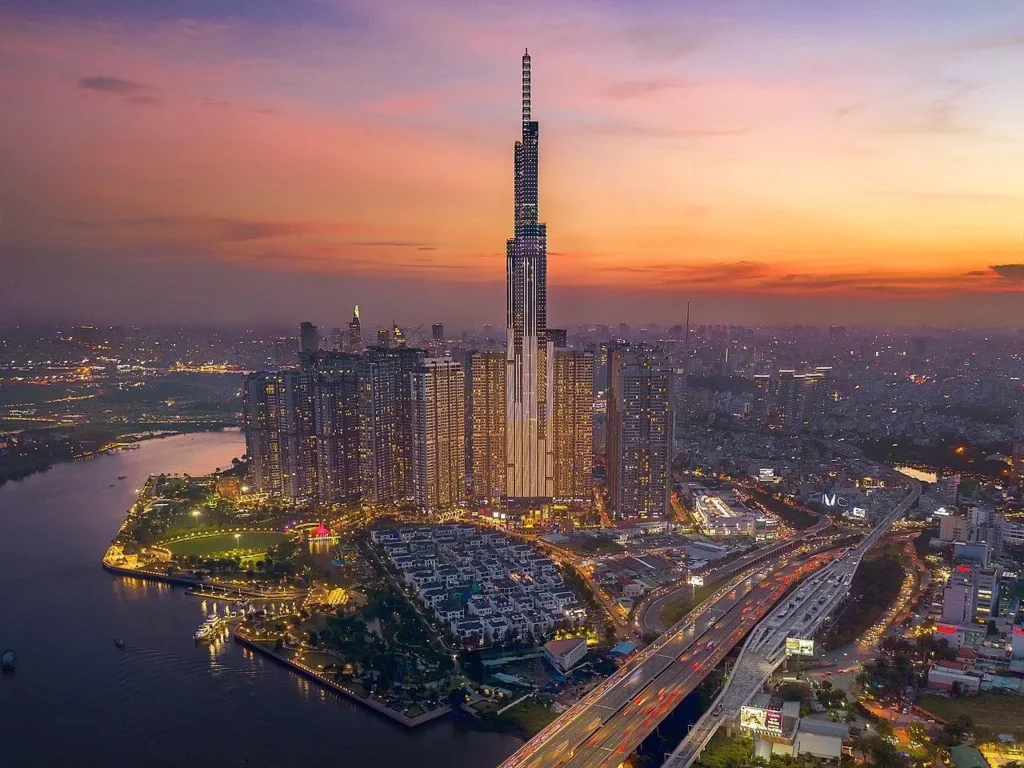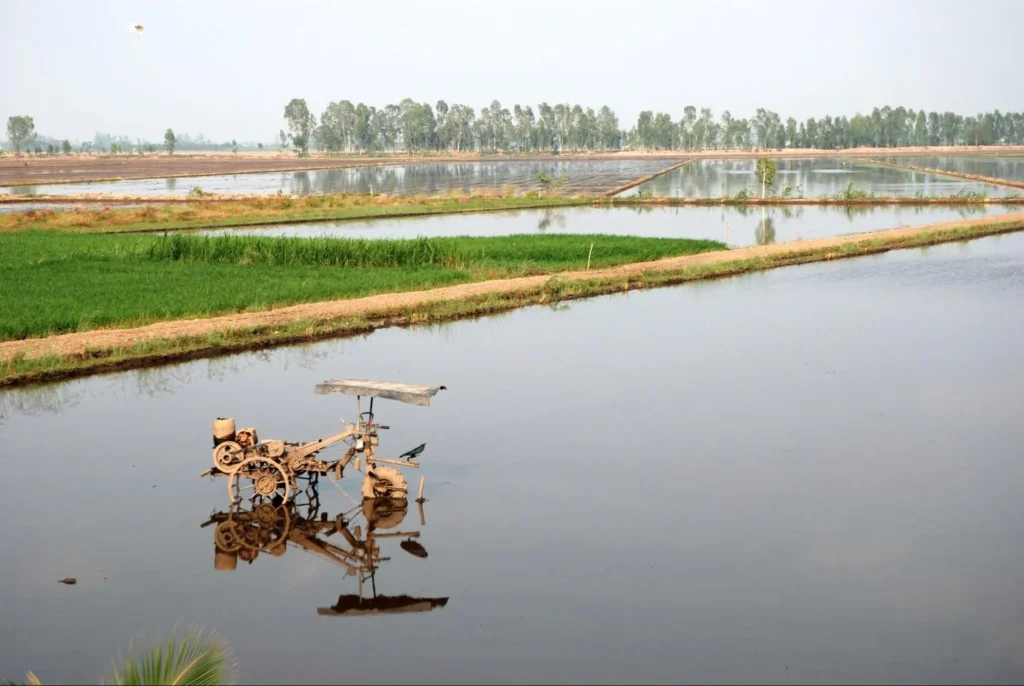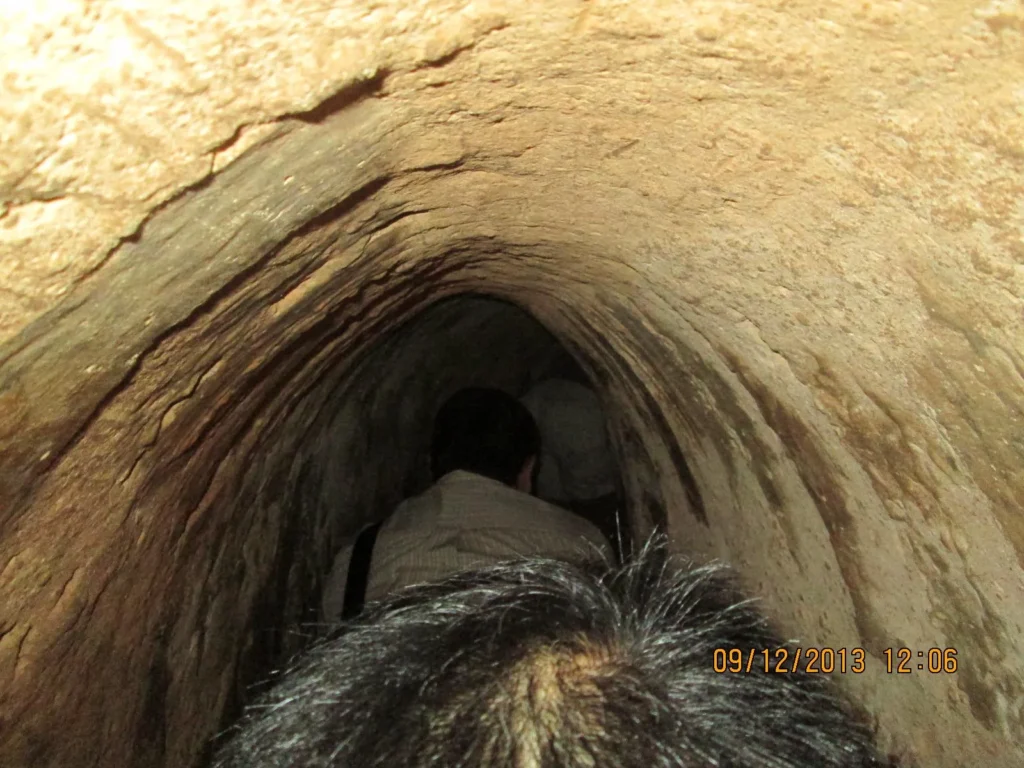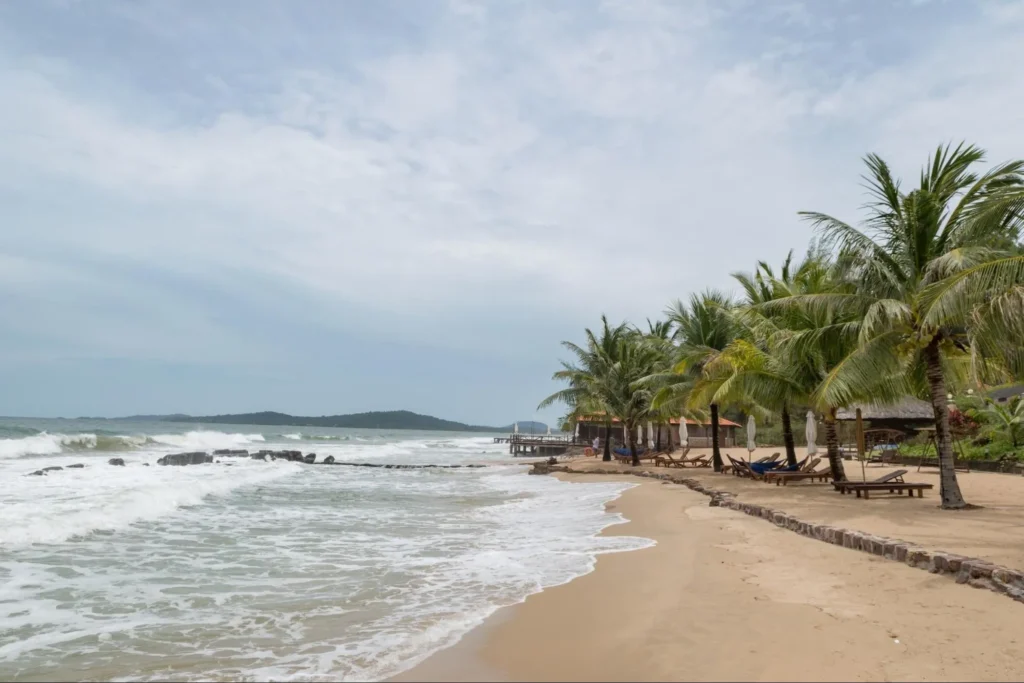Southern Vietnam Itinerary is a vibrant and diverse region that offers a fascinating blend of culture, history, and natural beauty. Ho Chi Minh City (formerly Saigon) to the serene rivers and lush landscapes of the Mekong Delta. There so much to explore in this part of the country.
Whether you’re a history buff, nature lover, or beach seeker, Southern Vietnam has something to captivate your senses. Here’s a detailed itinerary for a perfect trip to Southern Vietnam, covering essential attractions, hidden gems, and unforgettable experiences.
Day 1: Arrival in Ho Chi Minh City (Saigon)

Start your adventure in the bustling metropolis of Ho Chi Minh City. Once known as Saigon, it remains the economic and cultural heart of Vietnam. The city is a fascinating mix of old and new, with French colonial buildings and sleek modern skyscrapers standing side by side.
- Ben Thanh Market: This iconic market is a great place to start your exploration. It’s the perfect spot to pick up local crafts, fresh produce, and unique souvenirs. Wander through the maze of stalls, grab a refreshing coconut drink, and take in the vibrant atmosphere.
- Reunification Palace: A symbol of the end of the Vietnam War, the Reunification Palace is an important historical landmark. Step inside this 1960s building and explore the rooms that once hosted key political events. The underground bunker and command center provide a glimpse into the tumultuous history of the country.
- Notre-Dame Cathedral Basilica of Saigon: This beautiful French-colonial church, built in the late 1800s. The architecture is stunning, and the peaceful surroundings offer a perfect contrast to the lively streets outside.
- Saigon Skydeck: For a panoramic view of the city, head to the Bitexco Financial Tower’s Skydeck. The view from the top is breathtaking, especially at sunset when the city is bathed in golden light.
In the evening, dive into the street food scene. Saigon is famous for its pho, banh mi, and fresh spring rolls. Visit Nguyen Hue Walking Street, a popular pedestrian area filled with restaurants, cafes, and vibrant nightlife.
Day 2: Mekong Delta Day Trip

No trip to Southern Vietnam is complete without a visit to the Mekong Delta, a vast network of rivers, swamps, and islands in the southern part of the country. This region is a vital part of Vietnam’s economy, as it’s the country’s main rice-producing area.
- Cai Be Floating Market: Start your day with a visit to one of the most famous floating markets in the Mekong Delta. The market is best visited early in the morning when the boats are bustling with activity.
- Boat Ride to Small Villages: After the market, hop onto a boat for a leisurely cruise along the rivers. You’ll pass small wooden houses, fishing boats, and lush landscapes. Stop at one of the local villages, where you can learn about traditional crafts such as making coconut candy or rice paper.
- Vinh Long: End your boat tour in Vinh Long, a peaceful town located in the heart of the Mekong Delta. Here, you can explore the countryside by bike or on foot, interact with locals, and enjoy the slower pace of life. The quiet canals and green orchards make for a relaxing environment, perfect for unwinding after a busy day.
- Local Lunch: For lunch, enjoy a traditional Mekong Delta meal, often made from fresh fish, rice, and tropical fruits. One of the region’s specialties is hu tieu, a noodle soup that varies depending on the local area. It’s flavorful and the perfect fuel for your next adventure.
By late afternoon, return to Ho Chi Minh City for a relaxing evening. If you still have energy, explore the city’s vibrant Bui Vien Street, a lively area with bars, restaurants, and entertainment.
Day 3: Cu Chi Tunnels

On the third day, take a half-day trip to the Cu Chi Tunnels, located about 30 kilometers outside of Ho Chi Minh City. These tunnels were part of a vast underground network used by the Viet Cong during the Vietnam War. The tunnels stretch for hundreds of kilometers and were used for living quarters, storage, and even hospitals.
Tour the Tunnels: You’ll start with a guided tour, where a local guide will explain the history and significance. Visitors can crawl through a section of the tunnels (which have been widened for tourists) to get a feel for the cramped.
Learn About the War: Throughout the site, you’ll find displays of old weapons, traps, and war-era artifacts. The history of the tunnels is fascinating, and the ingenuity of the Viet Cong in creating such a complex underground system is remarkable.
Try Traditional Snacks: At the end of the tour, you can sample cassava, a root vegetable that was a staple food for the Viet Cong during the war. It may not sound like much, but it gives you a real sense of the hardships that soldiers faced.
After the Cu Chi Tunnels, head back to Ho Chi Minh City. Spend your evening enjoying dinner at one of the city’s excellent restaurants, or relax at a rooftop bar with a stunning view of the skyline.
Day 4: Phu Quoc Island

After immersing yourself in the history and culture of Ho Chi Minh City and the Mekong Delta, it’s time to head to the tranquil beaches of Phu Quoc Island. This beautiful island is located in the Gulf of Thailand and is known for its pristine beaches, crystal-clear waters, and laid-back atmosphere.
- Vinpearl Safari & VinWonders: If you’re traveling with family, head to Vinpearl Safari, a large zoo and safari park that houses exotic animals. For entertainment and fun, VinWonders offers an amusement park with thrilling rides, water slides, and a giant aquarium.
- Sao Beach: One of the most stunning beaches on Phu Quoc Island is Sao Beach. The powdery white sand and turquoise waters are perfect for sunbathing, swimming, or enjoying a relaxing day by the sea.
- Dinh Cau Night Market: In the evening, visit the Dinh Cau Night Market in Duong Dong Town. The market is a bustling place to sample fresh seafood, including lobster, shrimp, and fish. It’s also a great spot to shop for souvenirs and local crafts.
- Snorkeling or Diving: Phu Quoc is famous for its coral reefs, so if you’re a fan of water sports, consider going snorkeling or diving. The waters around Hon Thom Island and An Thoi Archipelago are home to vibrant marine life, making it a great place for underwater exploration.
Day 5: Departure from Ho Chi Minh City
After a few days of relaxation in Phu Quoc, it’s time to return to Ho Chi Minh City for your departure. If you have time before your flight, consider visiting the Saigon Central Post Office, a beautiful colonial-era building, or simply stroll through the Pham Ngoc Thach Street for some last-minute shopping.
Southern Vietnam offers an incredible combination of history, culture, and natural beauty. Whether you’re exploring the streets of Ho Chi Minh City, cruising through the Mekong Delta, or relaxing on the beaches of Phu Quoc, there’s something for everyone. With this itinerary, you’ll experience the best that Southern Vietnam has to offer, and leave with unforgettable memories of your time in this vibrant region.
Conclusion
Southern Vietnam is a captivating destination, offering a rich blend of history, culture, and natural beauty. From the buzzing streets of Ho Chi Minh City to the peaceful waterways of the Mekong Delta, and the tranquil beaches of Phu Quoc Island, this region provides a variety of experiences that cater to all types of travelers.
Whether you’re delving into Vietnam’s war history at the Cu Chi Tunnels, savoring fresh local food at bustling markets, or unwinding on pristine beaches, Southern Vietnam will leave you with memories that will last a lifetime.




